Between pollution, extreme weather, and other natural phenomena, climate can have a profound effect on us. This means that it’s easy for those looking to play on our primal fears or sow misunderstanding to spread lies. All the clickbait put out by the media or conspiracy theorists may be entertaining on a twisted level, but that doesn’t make it true.
10. There has never been a serious shortage of honey bees.

A few years ago, the news and social media started going crazy about bees disappearing. According to the breathless report, if something wasn’t done soon, all the crops would die, condemning us to a horrible death by mass starvation. Environmental groups used it to raise money, and many people who were enthusiastic and owned land decided to take up beekeeping as a hobby to help save the world.
While many of these people and agencies have the best intentions, the problem is that it’s all nonsense. There have been scientific papers and concerns about pesticides since the 90s, but the predicted damage has simply not happened. It’s true that beekeeping faces some challenges, such as diseases that regularly affect bees. However, there are more bees than ever before, and the population is stable. The fact is that bees are not as wild as some people think, and they are not even native to North America. They were brought here from Europe to produce honey and pollinate crops, but they are an artificially managed species, and they are very well managed. While all agricultural industries have their problems, there is no reason to think that the current problems facing beekeeping will not be overcome.
9. The Bermuda Triangle is not the cause of an excessive number of accidents
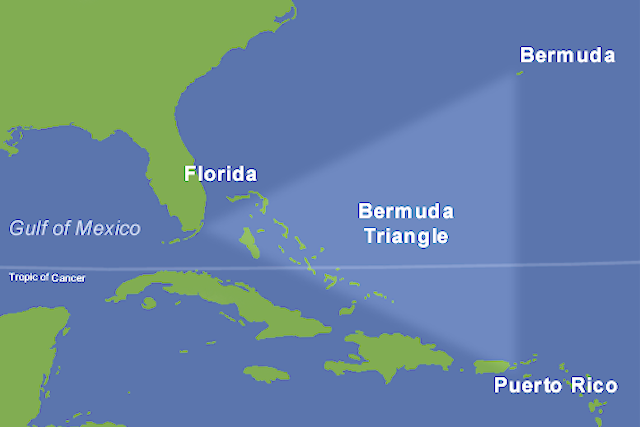
The Bermuda Triangle is so ingrained in the popular imagination as a place of mystery and danger that most people argue about what causes the dangers in the Bermuda Triangle, rather than whether they exist. The less interesting reality, however, is that there is nothing special going on in the area known as the Bermuda Triangle. First, it is important to understand that the place is not even officially recognized or considered important enough to be noted in any way other than as a response to rumors. The National Oceanic and Atmospheric Administration has not even officially mapped it.
Conspiracy theorists may see this as nothing more than evidence of a cover-up, there is no evidence that this part of the ocean has more accidents than any other heavily trafficked region. The truth is that this whole story was made up back in the 1970s, and the original publication of it was full of errors. Among other things, it mentioned incidents that had happened in other parts of the ocean, incidents that had never happened at all, and incidents that had happened during severe storms that the publication mysteriously failed to mention. Don’t get us wrong, the ocean itself can be a dangerous place, and the Bermuda Triangle is nothing special in that regard.
8. Many people think that we need trees to get more oxygen.
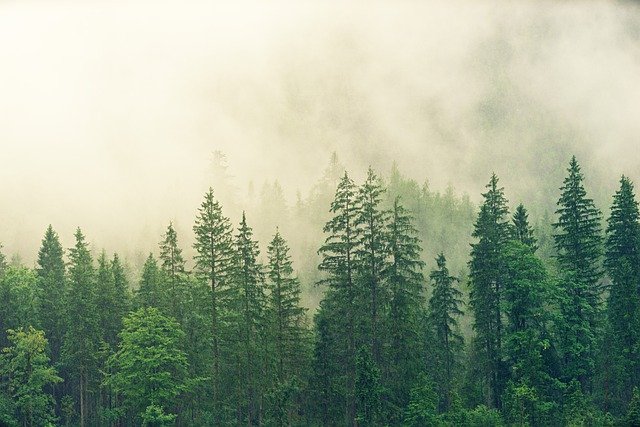
When the Brazilian rainforest caught fire, many celebrities around the world posted messages on social media, and even a fair number of world politicians also spoke out. Everyone was concerned because the Amazon rainforest is the lungs of the Earth and provides 20% of the world's oxygen. This claim was breathlessly spread by many well-known media outlets, and it was accepted as fact. However, the claim is simply not true.
It’s true that the Amazon rainforest does produce a lot of oxygen, but it also consumes almost as much to sustain itself. Most of the oxygen on Earth actually comes from the oceans, about 50% of it. What’s interesting, though, is that most of that oxygen is also used by its own ecosystem. The truth is that most of the oxygen we breathe has been stored in the atmosphere for hundreds of millions of years by almost all plants, not just trees. The fact that most things that produce oxygen also consume almost as much of it makes sense if you stop to think about it. We’re actually breathing a very complex mixture of gases, not just pure oxygen. If life produced too much oxygen without using it up, we’d quickly find ourselves in the same danger as not having enough oxygen.
7. Wind is not an exhaustible resource.
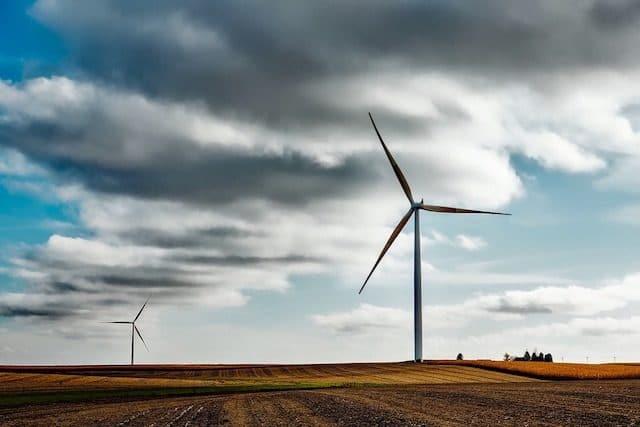
Back in the early 2010s, Congressman Joe Barton found himself the subject of memes mocking him. The memes claimed he was nothing more than a big dumb shill for the fossil fuel giants and had no idea about science. He was mocked for supposedly saying that wind power would slow down the wind and warm the Earth — and he was also accused of saying that wind was a finite resource. Many people called him anti-science and wondered how someone like him could have power over decisions about the nation’s energy supply.
The thing is, he actually stated that wind energy, not wind itself, is a finite resource. More importantly, he directly cited a paper that talked about the potential impact of large amounts of wind energy. The paper claimed that if the earth got 10% or more of its energy from wind alone, the massive scale could potentially cause a very small change in the earth's temperature. Congressman Barton didn't actually even state whether he thought that would happen, but he did suggest that it was possible. As for the credibility of the paper, there have been mixed studies done on it since, but researchers seem to agree that massive wind energy will have some negative effects, they'll just be less harmful than fossil fuels.
6. People tend to misunderstand that overpopulation does not only mean population density.

Overcrowding is a very controversial topic among most people and tends to generate very strong opinions. Unfortunately, some people who have strong opinions about it misunderstand what it actually means. Many people think that overcrowding is about there being too many people in an area, causing traffic to get through and crowding the sidewalks. While an area may be overcrowded, that doesn't necessarily mean it isn't. The reason is that overcrowding isn't about the density of people per square foot, it's about whether the area where all those people live has the resources to support them.
This is because overpopulation is actually related to carrying capacity, which is how many people a land or piece of land can support at any given time. Now, this may seem relatively simple to calculate, but it can actually be quite complex. Humans don’t always behave predictably, which makes modeling difficult, and many times when people predicted massive food shortages, people simply found ways to produce more food to keep up with the growing population. This makes the whole concept very controversial, even among experts, as there are widely differing opinions on how the problem should be addressed, from artificially limiting population growth to technologies that simply produce more food.
5. Cow farts are environmentally friendly
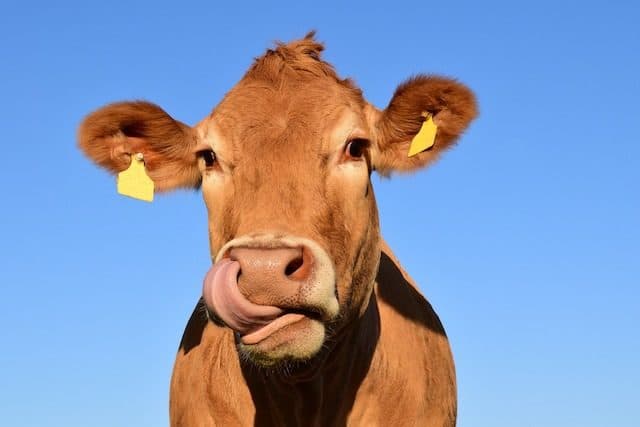
If a vegan tries to convince you to stop eating beef and you won't listen to the ethical arguments, they'll point out that even if you don't care about the aspects of factory farming, you should care about the fact that cow farming has an incredibly negative impact on the environment. They'll tell you about how cow farts create 40% of methane emissions, which is obviously very bad for the environment. The cow fart claim has become a legend, with some people even suggesting putting filters on their butts, but the real problem is their burps.
These methane burps are part of a cow’s natural digestive process, which occurs in its first stomach, called the ruminant. Now, while vegans are right, that doesn’t necessarily mean we can’t keep our cows, whether for milk or beef. Scientists have been working for years to significantly reduce methane emissions from cows, and while past methods have not been successful, there are several promising methods being tested today that could solve the problem once and for all.
4. An eruption of the Yellowstone caldera is actually unlikely
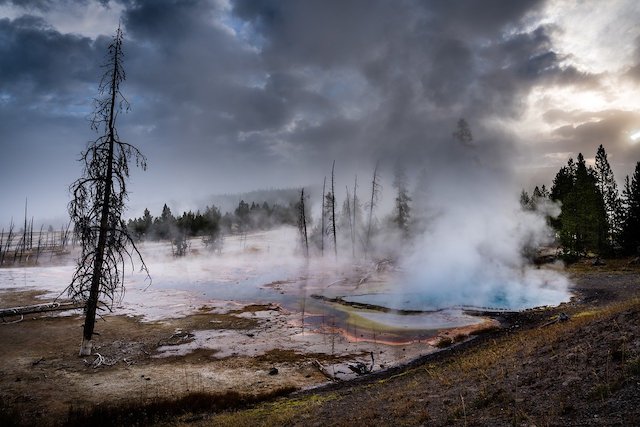
A favorite among those who think the world is doomed and love to shout about it is the claim that the Yellowstone caldera is long overdue for an eruption. It is claimed that when it does erupt, it will be so catastrophic that it will essentially destroy the United States of America. Some people even go so far as to claim that it will be such an incredibly powerful supervolcano that it will wipe out all of humanity.
The thing is, while it may not be as exciting, there is actually no danger that the Yellowstone caldera will doom us all anytime soon. The United States is not in danger, and the world is certainly not in danger. The thing is, the danger is overblown, and there is no evidence that this eruption is imminent. If it were to erupt, it would more than likely be a smaller magma flow, since the magma left in the caldera was only 15% of liquid. As for whether it could erupt very far in the future and cause a supervolcano event, that is possible, but it would not doom humanity. Supervolcano events have occurred at least twice while humans have been on the planet, and we are still here.
3. We are not in danger of being hit by an asteroid.

In recent years, news about the danger of an asteroid hitting Earth has become increasingly edgy. Perhaps playing on our fears of the asteroid that wiped out the dinosaurs millions of years ago, and all the movies that have made us worry about such a disaster, it has become a common way to get cheap clicks.
However, while this all sounds incredibly scary, there is actually no truth to it. While there was an asteroid impact that wiped out the dinosaurs millions of years ago, and there may be another major asteroid impact one day, there is no reason to expect one anytime soon. The next one that might even come close isn’t predicted to happen until at least 2185, and the odds of it hitting us are about 0.2%. As for what happens if we live that long and one gets close – we don’t need to worry about that either. NASA and other world government space programs are tracking asteroids approaching Earth, and are already developing strategies that could be tested in an emergency to knock them off course before they can hit Earth.
2. A pole shift may happen, but it won't be the end of the world.

In recent years, fears that a pole shift will destroy humanity have grown more and more. News and alternative science sites have picked up on it to get clicks, and the film 2012 , which talked about the Mayan predictions, was basically an attempt to show what would happen if the pole shift occurred within about 24 hours. Many people are understandably scared by the hype and worried that one day life as we know it could come to an end.
Luckily for those of us who don't want to die a horrible death, there's not a shred of truth to the rumors. Geomagnetic reversals have happened before and will happen again, but it's hard to predict when exactly. What we do know is that when they do happen, it's unlikely to cause us any serious harm; since they've never caused mass extinctions before. As for what effects it might have, they'll probably be slow, over time. Animals that rely on magnetic fields might be slightly affected, and we might have increased radiation to worry about, but nothing catastrophic. As for the effects we've seen in 2012 , then they are completely unrealistic, since a pole shift simply will not affect the climate in this way.
1. Mining causes serious harm to the environment

Many people think of bitcoin mining as the future and tend to think that it will simply always be there. However, China has already completely banned all cryptocurrencies, and it is quite possible that the rest of the world will follow suit – and not for the reason many expect. The fact is that while governments are concerned about its difficulty in tracking, an even greater concern is the environmental impact of cryptocurrency mining.
The problem is that in order to get new bitcoins, you have to mine them, running your computer to solve some sort of puzzle to verify the proof of the bitcoins you’re “mining.” This takes an incredible amount of electricity, so much so that it’s becoming globally noticeable. A single bitcoin transaction consumes about as much energy as most American homes use in a month, and private investors are starting to buy up power plants just to mine bitcoins. And to put all this into perspective, the amount of energy used worldwide to mine bits is about 132 terawatts, which is equivalent to Norway’s annual energy output. As crypto companies try to figure out a way to clean up their act, they’d better do it fast before they lose ground like China has.

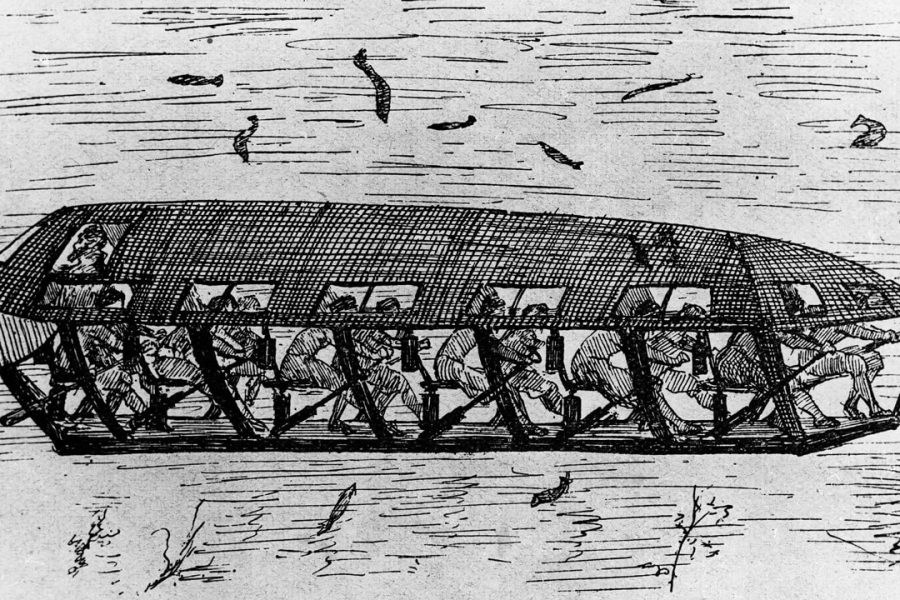











Оставить Комментарий